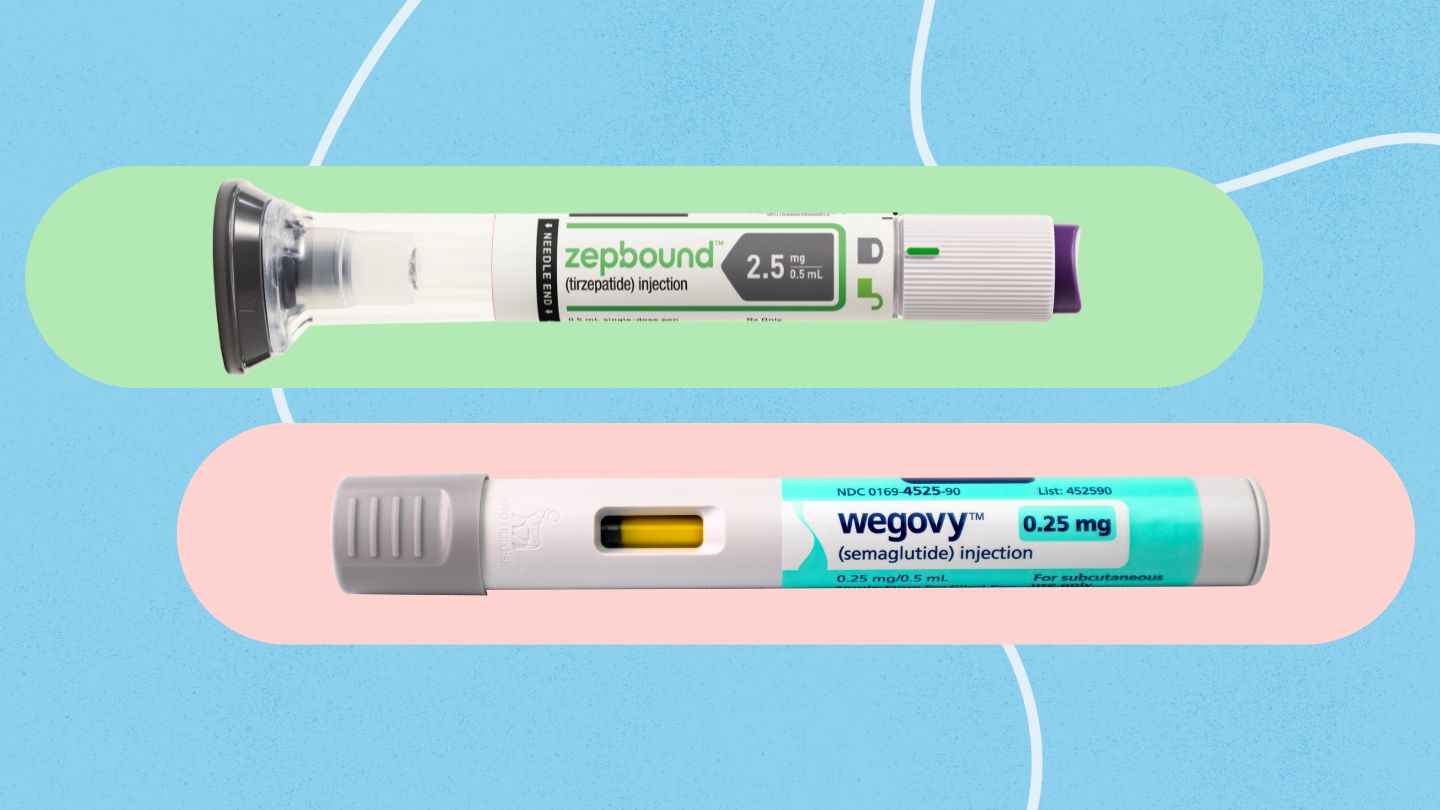For many coffee lovers, the morning ritual can quickly turn into an uncomfortable ordeal. If coffee leaves you with an upset stomach or heartburn, you may be able to curb these gastrointestinal symptoms by swapping your usual brew for a low-acid option.
Both your coffee choices and brewing methods can create the rich flavor you crave without the unwelcome burn.
Why Does Coffee Cause Stomach Issues?
Some types and roasts of coffee beans not only contain higher amounts of acid, but also stimulate the body to produce more bile acids, according to The Nutrition Source. These acids can exacerbate digestive symptoms like acid reflux, as well as create more frequent and stronger urges to use the bathroom as they accelerate digestion.
The caffeine in coffee further increases the amount of acid in your stomach and escalates digestive tract contractions, making gastrointestinal discomfort like acid reflux and heartburn more likely in some people, according to Cleveland Clinic. These effects can be particularly potent when you drink coffee on an empty stomach.
It also matters how you take your coffee. If you load up your cup with high-fat milk or creamer, you may be further agitating symptoms like acid reflux, according to Johns Hopkins Medicine.
Extra sweet coffee preparations can be problematic as well. Research shows overdoing it with simple sugars can worsen reflux, and consuming too much sugar-alcohol-based artificial sweetener can lead to symptoms like gas, bloating, and diarrhea, according to Mayo Clinic.
Low-Acid Coffee Options
In addition to reconsidering the amount of cream and sugar that typically makes its way into your cup of coffee, try the following brews, which have a naturally lower acid content, which may also help minimize your uncomfortable digestive symptoms.
Dark Roasts
“Dark roasts tend to be lower in acidity than light or medium roasts,” says Amanda Sauceda, RDN, a gut health dietitian based in Long Beach, California. The longer roasting time not only releases more of the coffee bean’s rich aroma and flavor, but also reduces the overall acidity of the beans, according to The Nutrition Source.
Espresso
Espresso’s quick brewing process is responsible for making the resulting beverage less acidic than your standard cup of coffee, according to Cleveland Clinic. The less time it brews, the less acid filters into your coffee cup.
Portion size also plays a role here, says Sauceda. Indeed, a 1.5-ounce (oz) shot of espresso may temper the effects of acid on your stomach compared with a 16-oz pour of drip coffee.
Cold Brew
Cold brew’s longer steeping process at cooler temperatures appears to be responsible for the coffee beverage’s lower acidity, according to research. While preparation methods can vary significantly, cold brew is consistently described as tasting sweeter and less acidic than its steamy counterpart.
Mushroom or Chicory Coffee
For more adventurous coffee drinkers, blends that contain anti-inflammatory mushroom extracts may result in a less acidic cup of coffee, according to Cleveland Clinic.
And research suggests that chicory coffee blends are known to improve digestion and support gut health rather than exacerbate distress.
What’s more, both of these beverages tend to have a lower amount of caffeine than your standard cup of coffee (chicory on its own is naturally caffeine free, according to Harvard Health Publishing), which can further reduce the digestive discomfort you may experience.









